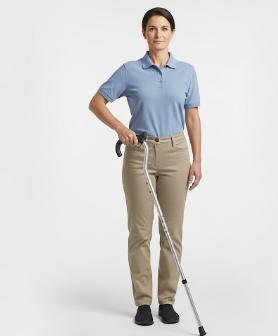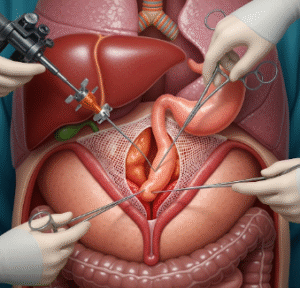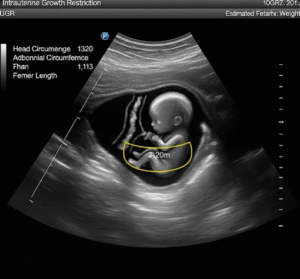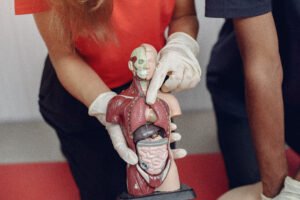Overview
Using a cane is a common assistive technique to improve mobility, stability, and independence for individuals with injury, arthritis, balance disorders, or post-surgery recovery. Proper cane usage reduces the risk of falls and strain on joints, and enhances walking efficiency.
South Korea provides advanced rehabilitation centers, physiotherapy programs, and mobility clinics, making it a leading destination for patients who need professional guidance, training, and proper cane selection for long-term mobility support.
What is a Cane?
A cane is a mobility aid designed to provide support and balance while walking. It typically consists of:
- A handle → Ergonomic or T-shaped for comfortable grip
- Shaft → Adjustable height for proper alignment
- Rubber tip → Provides traction and reduces slipping
- Optional quad base → Four-pronged base for extra stability
Indications for cane use include:
- Weakness or injury in one leg or foot
- Balance disorders due to neurological or musculoskeletal conditions
- Post-surgical recovery (hip, knee, or ankle surgeries)
- Chronic conditions like arthritis or neuropathy affecting gait
What are the Benefits?
- Improves stability and balance → Reduces fall risk
- Reduces weight-bearing pressure → Protects injured joints or limbs
- Enhances mobility and independence → Enables safer walking outdoors and indoors
- Supports rehabilitation → Encourages proper gait and posture
- Prevents secondary injuries → Less strain on hips, knees, and back
- Customizable in Korea → Various cane types available to suit individual needs
Procedure Details
1) How should I prepare before using a cane?
- Consult a healthcare professional → Physiotherapist or doctor to determine proper cane type
- Select the correct height → Cane should reach the wrist when standing with arms relaxed at sides
- Check grip and tip → Comfortable handle and non-slip rubber tip
- Footwear → Wear supportive shoes to prevent slipping and ensure stability
- Practice safe environment → Remove loose rugs, obstacles, or clutter at home
2) How to use a cane correctly?
- Position the cane → On the side opposite the weaker or injured leg
- Walking with a cane →
- Move the cane forward simultaneously with the affected leg
- Step forward with the stronger leg next
- Maintain upright posture, shoulders relaxed, and eyes forward
- Stairs and slopes →
- Going up → Step up with the stronger leg first, cane and weak leg follow
- Going down → Cane and weaker leg first, stronger leg follows
- Turns and obstacles → Move the cane closer to body for additional support when pivoting
3) What happens after proper cane training?
- Increased confidence in walking and outdoor mobility
- Reduced pain and strain on injured or weak limb
- Improved posture and gait → Less compensatory movements
- Enhanced independence → Ability to perform daily activities safely
- Ongoing practice → Regular use and physiotherapy to optimize cane-assisted walking
Risks / Benefits
Risks
- ➤ Falls if cane is too short, too long, or used incorrectly
- ➤ Muscle strain from improper posture or overreliance on one side
- ➤ Slips on wet or uneven surfaces
- ➤ Joint pain if the cane does not reduce weight-bearing effectively
Benefits
- ➤ Provides stability and support for weaker limbs
- ➤ Reduces fall risk and secondary injuries
- ➤ Enhances independence and mobility
- ➤ Assists rehabilitation after surgery or injury
- ➤ Customizable options in Korea for individual needs and comfort
Recovery and Outlook
- Immediate improvement → Better balance and reduced strain on affected limb
- Short-term adjustment → 1–2 weeks of practice to get accustomed to correct cane usage
- Long-term outlook → Regular cane use improves mobility, prevents falls, and supports rehabilitation
- Maintenance → Check cane tip wear, handle comfort, and shaft stability periodically
- Lifestyle adjustments → Use cane consistently until strength and balance improve; integrate physiotherapy exercises to strengthen lower limbs
South Korea provides comprehensive mobility training and rehabilitation programs, ensuring patients receive personalized instruction, posture correction, and ongoing monitoring for optimal cane-assisted walking outcomes.
When To Call the Doctor
Contact your healthcare provider if you notice:
- ⚠️ Persistent imbalance or repeated falls
- ⚠️ Increased pain in joints or muscles due to cane use
- ⚠️ Difficulty using stairs or uneven terrain despite training
- ⚠️ Skin irritation, blisters, or numbness in hands or arms from cane grip
- ⚠️ Worsening weakness or inability to walk safely with a cane
Best Korea Option / Process
South Korea is a leading destination for cane training and mobility rehabilitation due to:
- Highly skilled physiotherapists and rehabilitation specialists
- Access to a variety of ergonomic and adjustable canes
- Advanced gait assessment and posture training
- Comprehensive rehabilitation programs → Strength, balance, and mobility training
- International patient support → Language assistance, personalized care, and follow-up guidance
Top Facilities for Cane Training in Korea:
- Asan Medical Center, Seoul – Comprehensive physiotherapy and mobility support
- Samsung Medical Center – Advanced gait and balance rehabilitation
- Seoul National University Hospital (SNUH) – Personalized cane training and post-operative rehabilitation
- Yonsei Severance Hospital – Multidisciplinary mobility and assistive device guidance
👉 For individuals with injury, post-surgery recovery, or balance issues, professional cane training in Korea ensures safe, effective, and confident mobility with long-term benefits.













